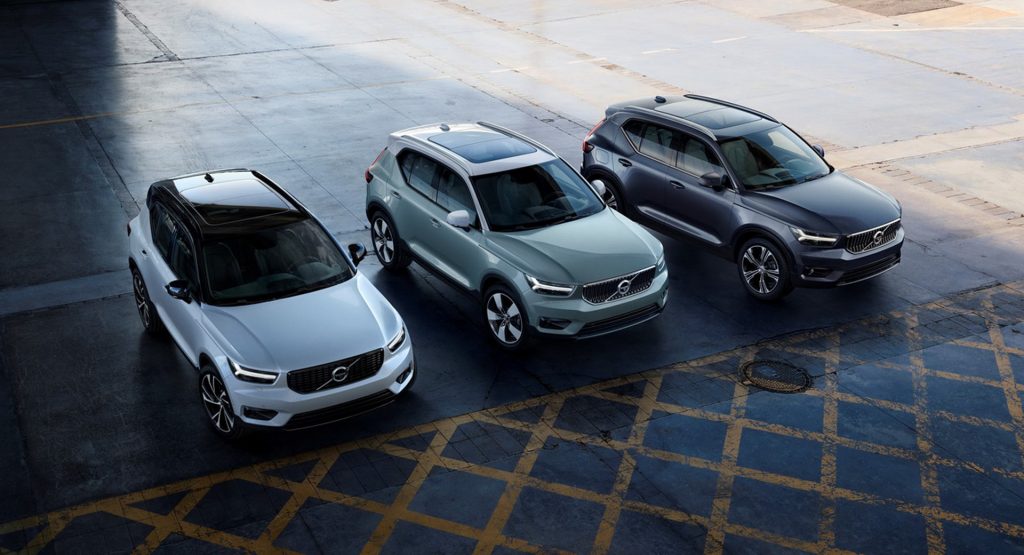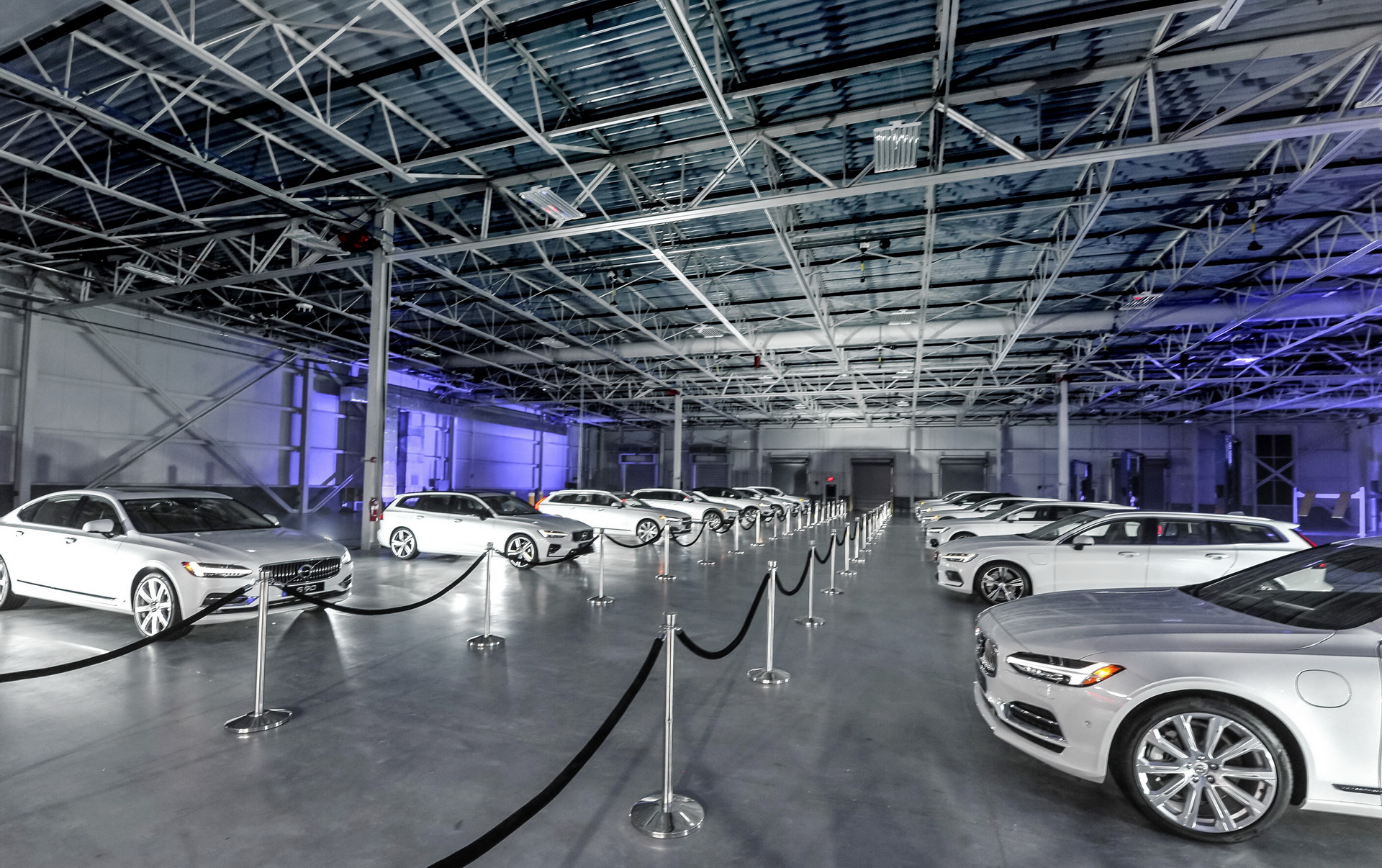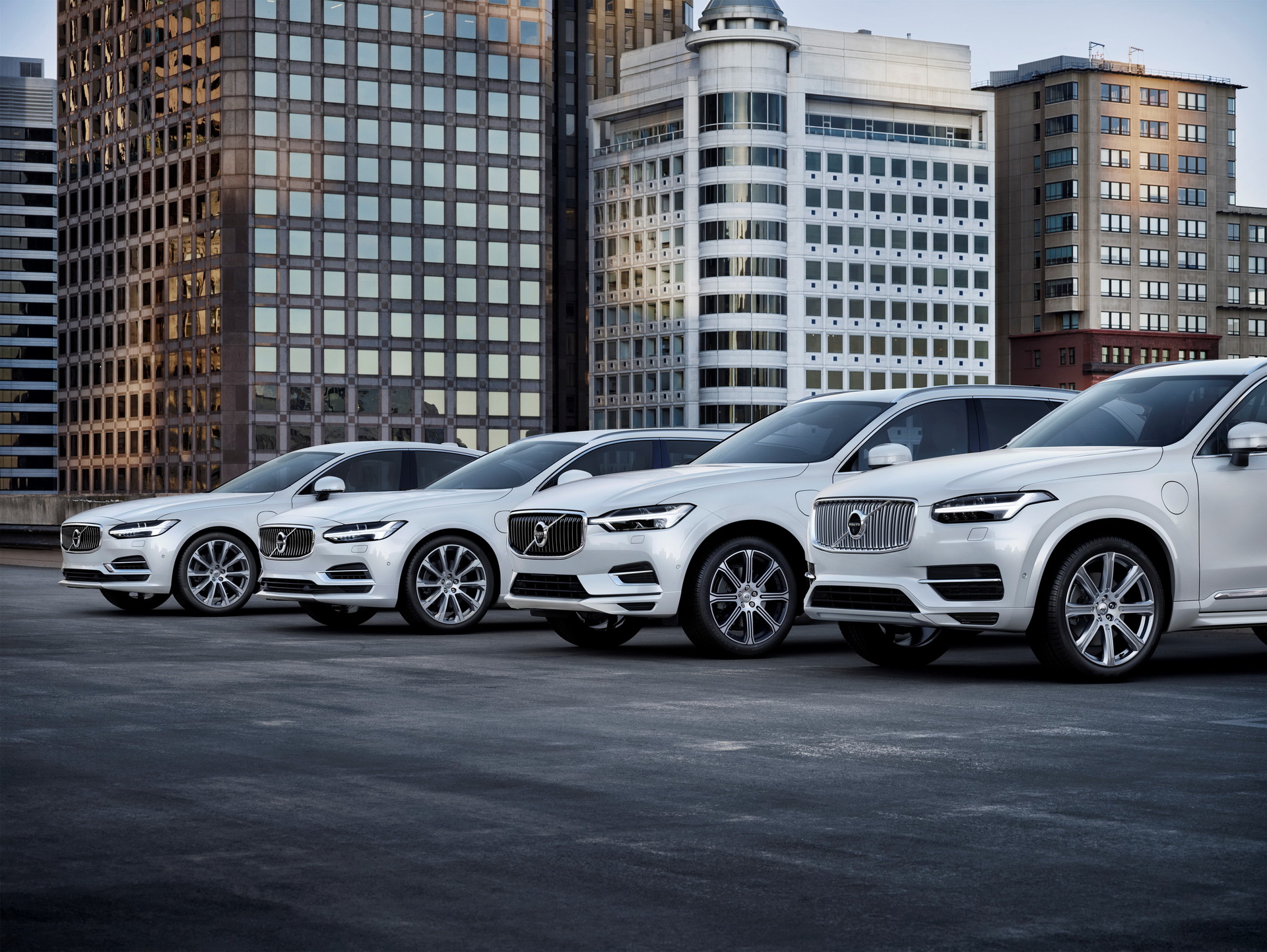A study by the Insurance Institute for Highway Safety (IIHS) asserts that rising speed limits across the United States have resulted in thousands of deaths that would otherwise would have been avoidable.
According to the IIHS, raising speed limits across the United States over the past 25 years has cost nearly 37,000 lives, more than 1,900 of which in 2017 alone.
IIHS vice president for research and statistical services, Charles Farmer, analyzed how road deaths have been impacted by changes in the maximum posted speed limit in every state from 1993 to 2017. Taking into account factors such as changes in unemployment over time and the number of potential young drivers on the road, Farmer concluded that a 5 mph (8 km/h) increase in the maximum speed limit was associated with an 8 per cent increase in the fatality rate on interstates and freeways.
It was ultimately concluded that there were 36,760 more deaths on roads across the United States than there would have been if maximum speed limits had remained unchanged.
Also Read: Traffic Deaths Climb As Teen Drivers Hit The Road During Summer
In response to these findings, as well as others from U.S. safety regulators, car manufacturers may come under increased pressure to limit the top speeds of their vehicles.
Volvo recently announced it will do just that starting with the 2021 model year, by restricting the top speeds of its vehicles to 112 mph (180 km/h). President and chief executive of Volvo Cars Håkan Samuelsson says the car manufacturer’s research shows limiting the top speeds of its vehicles will help the company achieve its goal of ending fatalities in its models.
“Because of our research, we know where the problem areas are when it comes to ending serious injuries and fatalities in our cars and while a speed limitation is not a cure-all, it’s worth doing if we can even save one life.”
Not everyone is convinced higher speeds increase road deaths, though. According to safety expert Tom Sohrweide, who spoke with NBC News, studies show that it is more important for traffic to be moving at consistent speeds, and that the difference between the fastest and slowest moving vehicles is the real danger. He, and others, believe speed limits should be set at the 85th percentile, which is the speed at which 85 per cent of traffic is moving.






